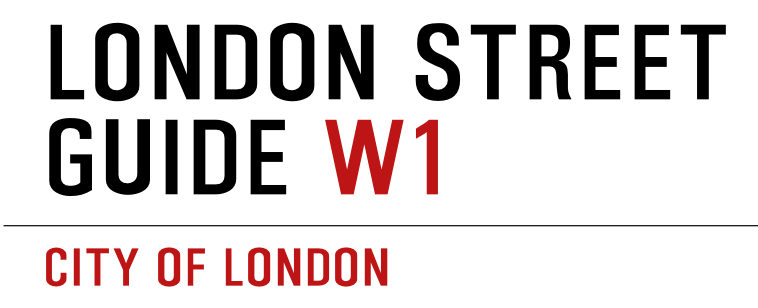Place Name
Lincoln, the county town of Lincolnshire, was established as a Roman fort called Lindum Colonia on the River Witham. Following the Norman Conquest, Lincoln Castle and the towering Lincoln Cathedral were built, with the latter being a masterpiece of Gothic architecture and one of the tallest buildings in the world during the medieval period. Lincoln thrived through the wool trade and hosted medieval fairs, becoming an important economic centre. In 1215, one of the original copies of the Magna Carta was placed at Lincoln Cathedral, adding to its historic importance. The city played roles in the English Civil War and later in the Industrial Revolution with engineering innovations. The town’s name comes from as a combination of the Brythonic word lynn with the Latin word colonia. This translates to town by the pool or settlement by the lake. As for this street name, at the start of the 20thCentury this area still formed part of Newbarns Farm although it was later used as a golf course. It remained that way until shortly after the Second World War when demand for housing from the newly demobbed men and their families far outstripped supply. At first accommodation consisted of dozens of pre-fabricated Arcon bungalows hastily erected around Pollards Hill but from the 1950s a more permanent solution was sought. Merton Council’s archive explains: “In the 1950s the Council built six-storey maisonette blocks, starting with Westmorland Square and finishing the final block in Bovington Square in 1956. By the standards of the day, the much needed housing was built in record time and Mitcham Council could boast a house-building programme which exceeded that of any other Surrey Council.” But even this wasn’t enough to meet future demand. Following the post-war population boom much more housing was needed by the mid-1960s and so the Pollards Hill Housing Estate was laid out and built between 1968 and 1971. It was a high density scheme that included various areas of green space in the form of private gardens, partly enclosed squares, and a public park, Donnelly Green, named after Mitcham’s Head of Parks. Taking its cue from those original post-war buildings, the streets were named after counties and county towns in England and Wales.
![]()
